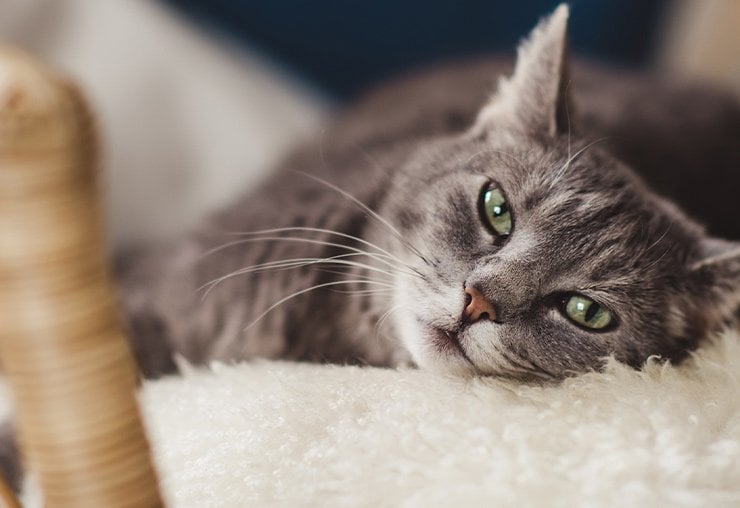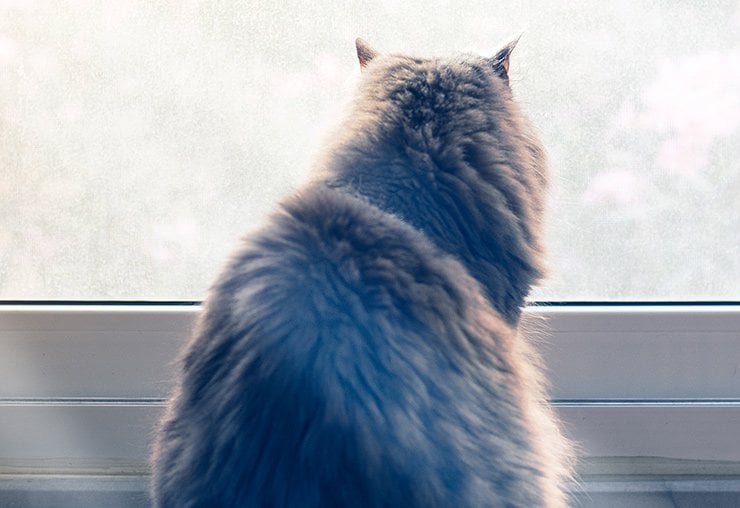Persian cat
One of the oldest breeds famous for its short, flat muzzle
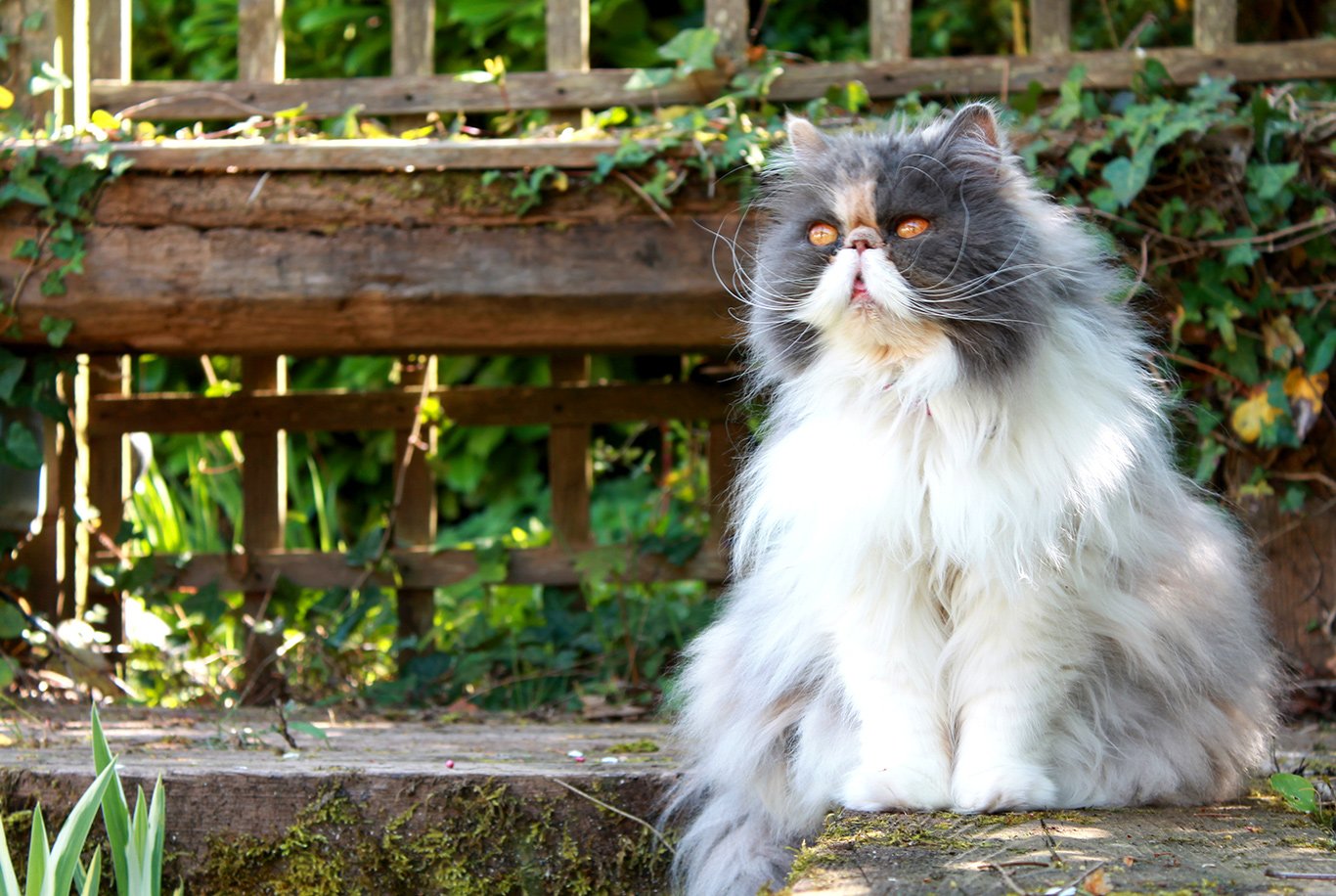
The Persian cat is a long-haired cat breed that is best known for its short muzzle. Persian cats are considered to be one of the most famous and oldest among cat breeds.
 Country of origin: Country of origin: |
Country |
 Personality: Personality: |
Obedient, Intelligent, Alert, Curious, Loyal, Confident, Watchful, Courageous |
 Coat: Coat: |
Shorthair |
 Colour: Colour: |
Black, Black & Tan, Sable, Red & Black, Grey, Black & Silver |
 Characteristics: Characteristics: |
Curly coat, short tail |
 Life expectancy: Life expectancy: |
from 9 to 13 years |
Persian cat kittens
Persian cat kittens are really gentle creatures that do appreciate their calm surroundings. Whenever you bring your Persian cat kitten home make sure to give him a safe space, where your feline can get accustomed to a new situation on his own terms. Never leave your kitten unattended when your Persian in exploring a new home. Persian cats grow very attached to their families and humans, so make sure to take time to bond with your Persian cat kitten. As cats go through a rapid growth phase in their first year feeding a healthy and well-balanced diet is a must. Kattunge from Husse range is high in protein and complete with all the essential nutrients required for growing cats.

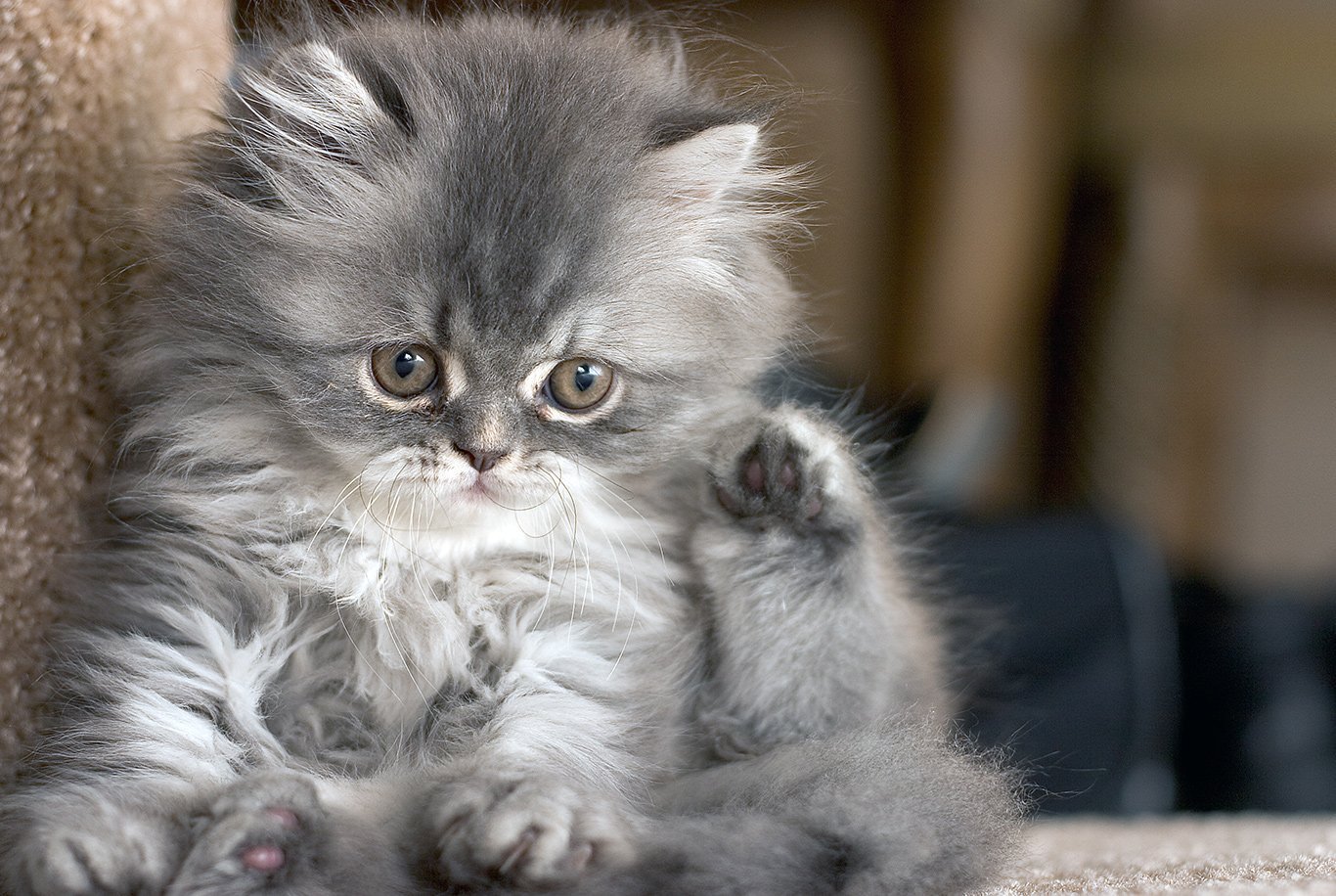
Persian cat’s nutrition
Choosing a good diet for your Persian cat can sometimes be a challenge. Persians are somewhat prone to the digestive system problems, so feeding a dry cat food made specifically for felines with digestive issues can be of benefit to your cat’s health. Exclusive Digest from Husse range is made with lamb and rice and can be even used as a novelty source of protein for Persian cats with food allergies. With their flat muzzle and short jaw, Persian cats may experience some difficulty with eating dry kibble and getting enough water. You can add Laxolja oil to your Persian cat’s dry food to make for easier chewing and also supplement your cat’s diet with Omega-3 and Omega-6 fatty acids for some extra support with your feline’s coat health. Monitor your Persian cat’s eating and should you see any signs of your cat having difficulty with eating try to switch to well-balanced wet food diet. Pate Adult from Husse range can be a great base wet food diet for your Persian cat.
Detailed description of Persian cat
Persian cats are a medium to a large size cat breed with an abundance of long and silky coat. This cat breed cannot be mistaken for any other, with their famous short muzzle and big, round eyes set wide on their face.
Genesis
Though the exact origins of long-haired cats are not clear, Persian cats are considered one of the oldest cat breeds in history. Originating from the cradle of civilization, Mesopotamia, this cat breed was probably the result of a natural mutation. It is believed that Persian cats have been living alongside humans for approximately 500 years. First records of longhaired cats in Europe date back to 1620 where traveller Pietro Della Valle brought a feline with long, silky grey fur. Through selective breeding Persian cats got their round heads and quite a stocky bodies and the silky fur they are now known for. This originally exclusively grey cats now can be found in as many as over 110 colour varieties.
Appearance
Persian cats are best known for their short muzzles with snub noses that make their faces appear completely flat. This cat breed has round, wide-set eyes that correspond with the colour of their coat, small ears that are rounded at the tip, sometimes with tufts of fur growing inside the ears. Persian cats’ ears are set low on their round heads. They have stocky bodies covered with a long, silky and shiny coat covering them from the head to the tip of the tail. Persian cats have short, thick and strong legs with large and firm paws. This breed has a short and fluffy tail that rounds at the tip. Persian cats can come in a vast variety of colours, shades and patterns.


Behaviour
Persian cats are exceptionally gentle, calm and affectionate. They are highly intelligent, docile and make for quite composed house pets. This cat breed is not too fond of the outside world and much prefer to stay inside and lounge on the couch. Persians do prefer serene surroundings and are very routine-oriented - they do get accustomed to your daily schedule and feel most comfortable with little to no change. Despite their affectionate nature, Persian cats are very picky with who they choose to love. This breed is known for reserving their attention solely for their family members and few additional quests that they see more frequently.
Requirements
As one of the most heavily domesticated cat breeds Persian cats feel best when kept as an indoor-only cat. Their long and silky fur doesn’t handle dirt well, it can tangle and mat making for prolonged grooming sessions. They are more than happy to lounge on a sofa, chair or any furniture that is of moderate height. Persian cats are not too fond of climbing, so tall cat trees are not necessary. Litter can easily lodge in your Persian’s paws and coat - clean your feline’s litter box daily, otherwise your cat may stop using it altogether.
Daily care
Persian cats require a daily grooming routine. Their coat has to be brushed daily, as it can easily get dirty and tangle. Monthly baths for your Persian cat can help with keeping their coat in a good shape. With Persian cats, you can expect excessive tearing - wipe the under-eye area daily to prevent tear stains from forming. This breed has large paws with tufts of hair growing in between their paw pads. Check your Persian cat’s paws daily to remove any excess litter and dirt.
 dr Anna Plummervet and blogger
dr Anna Plummervet and blogger
















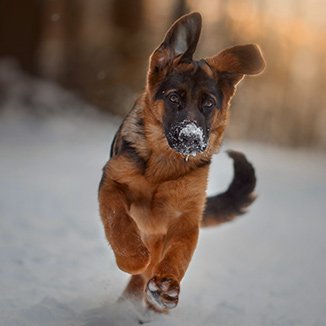 German shepherd
German shepherd Maltese
Maltese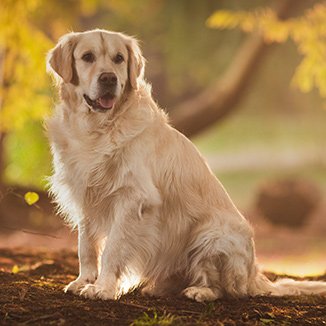 Golden retriever
Golden retriever Beagle
Beagle Rottweiler
Rottweiler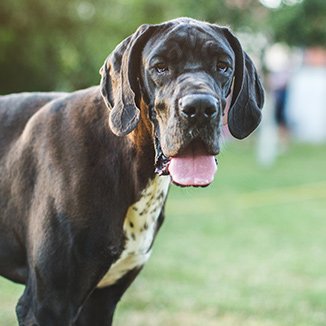 Great Dane
Great Dane Poodle
Poodle Siberian husky
Siberian husky French bulldog
French bulldog Pug
Pug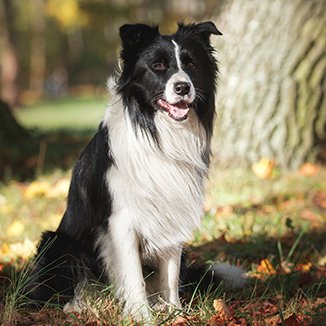 Border collie
Border collie Chihuahua
Chihuahua Pomeranian
Pomeranian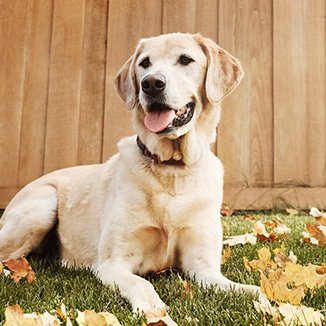 Labrador retriever
Labrador retriever English bulldog
English bulldog Chow chow
Chow chow Samoyed
Samoyed Cane corso
Cane corso Doberman
Doberman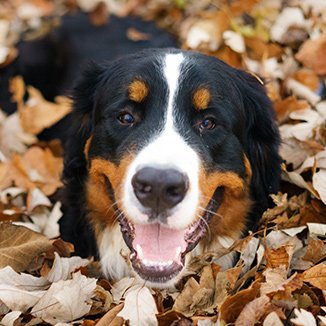 Bernese Mountain Dog
Bernese Mountain Dog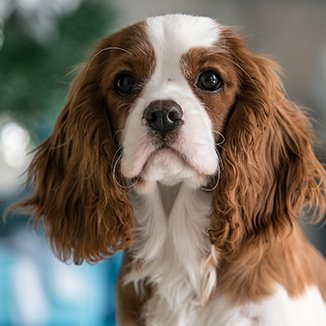 Cavalier King Charles Spaniel
Cavalier King Charles Spaniel Cocker Spaniel
Cocker Spaniel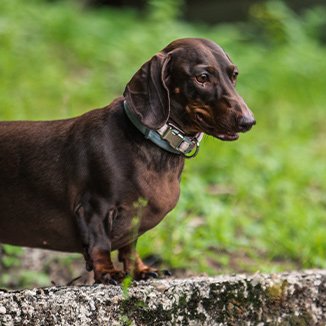 Dachshund
Dachshund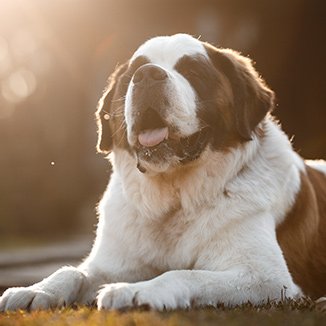 St. Bernard
St. Bernard Maine coon
Maine coon Ragdoll
Ragdoll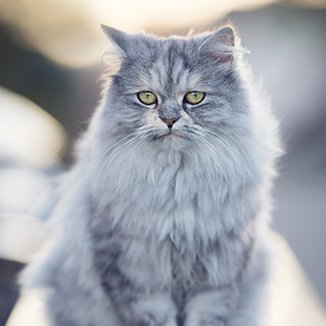 Persian cat
Persian cat Siamese cat
Siamese cat Cornish rex
Cornish rex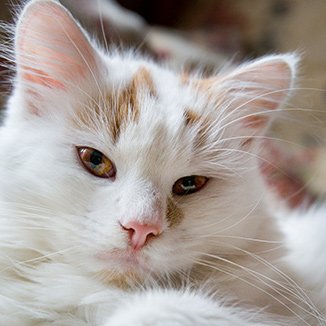 Turkish van
Turkish van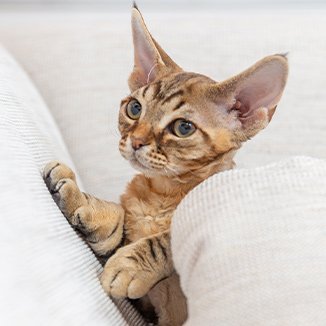 Devon rex
Devon rex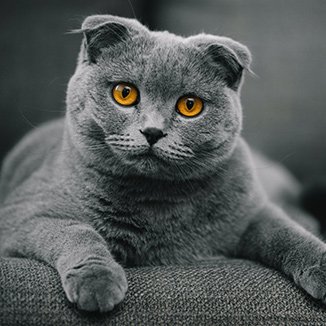 Scottish fold
Scottish fold Siberian cat
Siberian cat Selkirk rex
Selkirk rex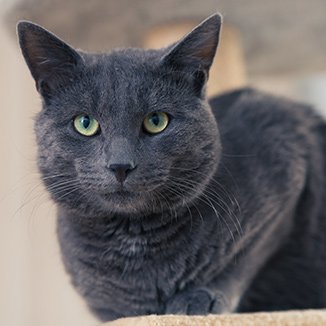 British shorthair
British shorthair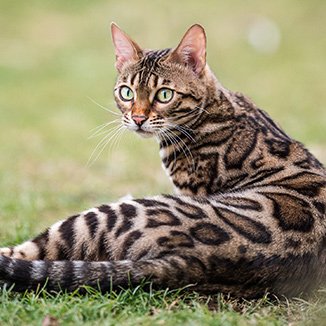 Bengal cat
Bengal cat